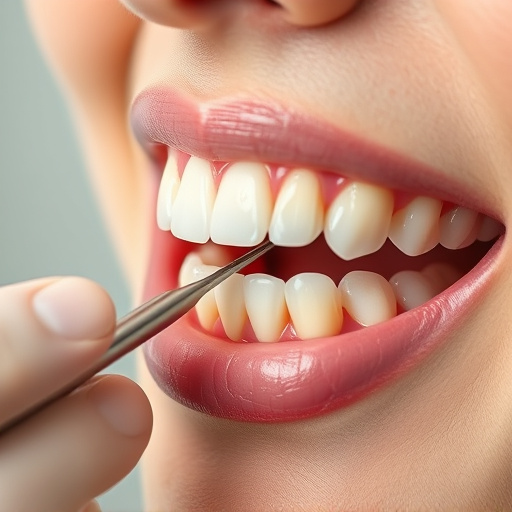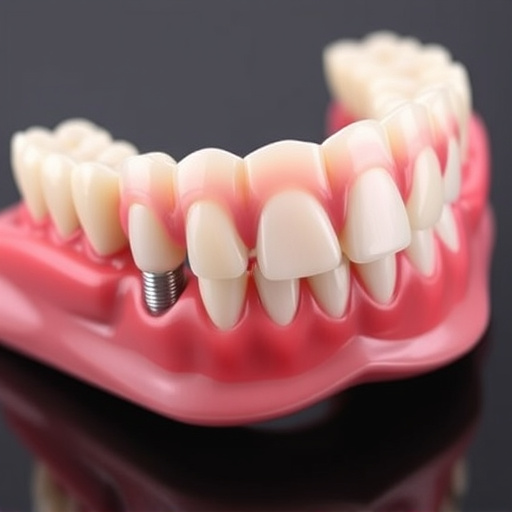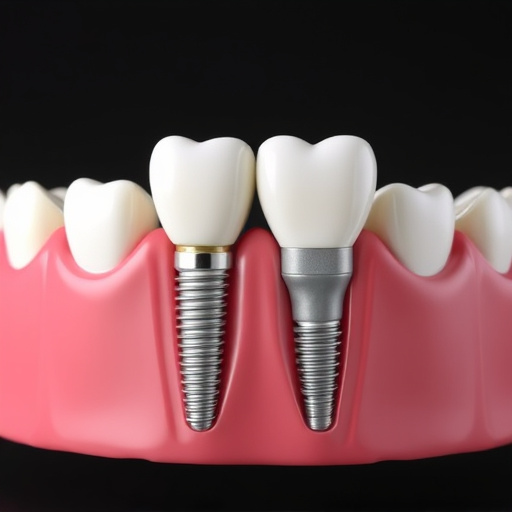Understanding full mouth restoration's cost structure is vital for informed decisions. This complex procedure includes diagnostic services, surgical procedures, and restorative options like crowns, veneers, and implants. Advanced materials and techniques, such as laser dentistry, increase costs. Preventive dentistry can reduce expenses by addressing minor issues early. Review insurance coverage and factor in future maintenance costs for comprehensive planning.
“Considering a full mouth restoration? It’s a significant dental investment, with multiple factors influencing costs. This comprehensive guide breaks down the financial considerations of such procedures. We explore the diverse cost components, from advanced dental materials and precise techniques to post-treatment care. Additionally, we delve into insurance coverage, long-term maintenance expenses, and practical tips for budgeting. Understanding these aspects empowers you to navigate the financial landscape of full mouth restoration with confidence.”
- Understanding Cost Components of Full Mouth Restoration
- Dental Materials and Techniques: Their Financial Impact
- Additional Considerations: Insurance and Long-Term Costs
Understanding Cost Components of Full Mouth Restoration
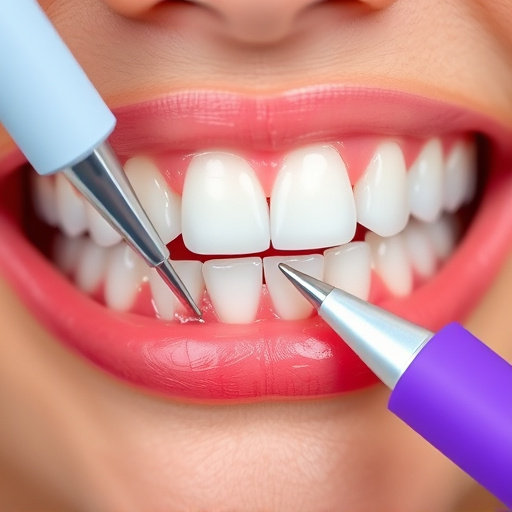
When considering a full mouth restoration, understanding the cost components is crucial. This comprehensive procedure involves multiple aspects that contribute to the overall expense. The primary factors include diagnostic services, surgical interventions, and restorative materials or techniques required to address all dental issues within the mouth. Each component plays a vital role in achieving optimal oral health and aesthetics.
The process often starts with a thorough examination, which may encompass X-rays, 3D imaging, and other advanced diagnostics. This is followed by procedures such as wisdom tooth removal, if necessary, to create space for restorative work. The actual restoration part involves various options like crowns, veneers, implants, or a combination thereof, all tailored to the patient’s needs. Additionally, cosmetic dentistry techniques can be integrated to enhance the final result, ensuring not only functionality but also an attractive smile. General dentistry services throughout the process ensure ongoing maintenance and care.
Dental Materials and Techniques: Their Financial Impact
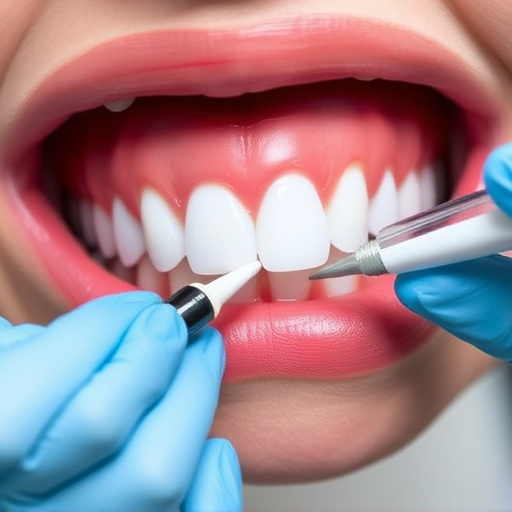
The financial landscape of full mouth restoration procedures is intricately tied to the dental materials and techniques employed. Advanced technologies and premium materials can significantly enhance treatment outcomes, but they also carry a higher price tag. For instance, ceramic dental crowns, known for their aesthetic appeal and durability, are more expensive than metal alternatives. Similarly, innovative techniques like laser dentistry or advanced bone grafting procedures, while effective, may add substantial costs to the overall procedure.
Moreover, the complexity of the restoration plays a pivotal role in determining financial outcomes. Extensive treatments requiring multiple dental crowns, veneers, or even implant-supported dentures will inevitably result in higher expenses. Preventive dentistry practices, such as regular check-ups and dental bonding for minor chips or cracks, can help mitigate these costs by addressing issues early and preventing more extensive, costly procedures down the line.
Additional Considerations: Insurance and Long-Term Costs
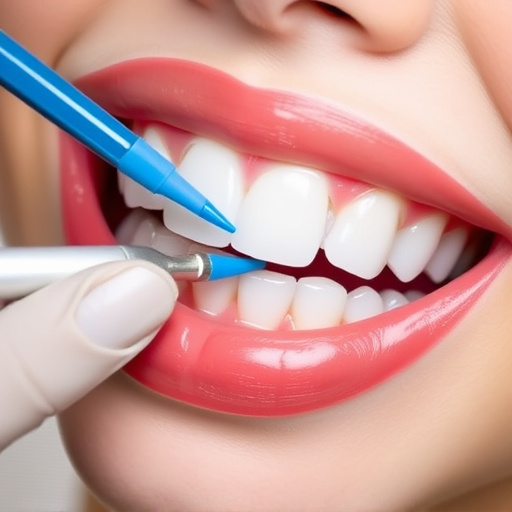
When considering a full mouth restoration, it’s crucial to look beyond the immediate costs and explore insurance coverage and long-term expenses. Insurance plans vary widely in their coverage for dental procedures, and what might be fully covered for one patient could incur significant out-of-pocket expenses for another. It’s essential to review your policy thoroughly or contact your insurer directly to understand the scope of benefits for full mouth restoration procedures, including any limitations or exclusions.
In addition to insurance considerations, future maintenance costs should be factored into the overall budget. While dental crowns and clear aligners can offer effective solutions for tooth repair, they may require replacement over time due to normal wear and tear. Regular check-ups, cleanings, and potential touch-up procedures are essential components of long-term oral health management, adding ongoing costs to the equation. Planning for these future expenses can help ensure a smoother financial journey during your full mouth restoration process.
Full mouth restoration, while a significant investment, offers long-lasting solutions for oral health and aesthetic concerns. By understanding the cost components, from dental materials and techniques to insurance coverage and potential future expenses, individuals can make informed decisions regarding their oral care. This comprehensive approach ensures not only financial transparency but also optimal oral health outcomes.








